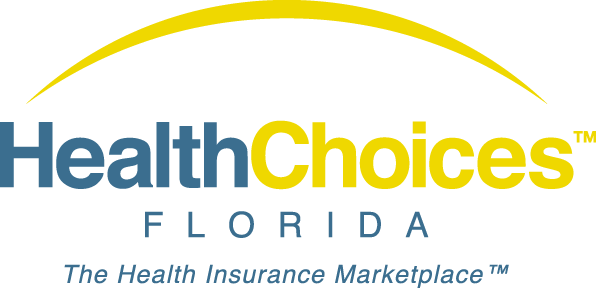The recent announcement by Florida Healthy Kids that full-pay program participants will experience a rate increase double or triple their current premiums was a devastating blow to many families across the state. According to Florida Healthy Kids, this increase will affect more than 30,000 Floridians and their children. While health care inflation has contributed significantly to these dramatic…

Employer-Based Coverage: Where is My Crystal Ball?
A rumble of conversation seems to be growing around the topic of employer-based health insurance. Not that there is agreement among the conversers, but surely the Affordable Care Act is having an impact on the employer group markets – large and small?
Let’s see how the following influences your thoughts on the subject:
By the numbers – A study called “Why Not Just Eliminate the Employer Mandate?” was recently published by the Urban Institute. One of its conclusions about the employer mandate in the Affordable Care Act (ACA) is that it won’t be very helpful in increasing overall insurance coverage nationwide and any impact is less than one percent with or without the mandate. Therefore, one could reasonably conclude that overall employer-based coverage may only increase by a tiny fraction of a fraction.
Of course, employer-based coverage is most often discussed in the separate segments of large and small group coverage, so let’s dig a little deeper.
Small Business Incentives – Many assume that the Small Business Tax Credits are sufficient incentive to bring small employers to the health care negotiation table. However, it is important to recognize that many small businesses haven’t been in the market for new coverage and tax credits alone may not be sufficient inducement. I toured the state in 2013 talking with small business owners and I had to look long and hard to find a business owner that knew small business tax credits as high as 35% had been available since 2010. The 2013 Employer Health Benefits Survey (Kaiser) reports that the percentage of firms offering coverage declined 2-5 percentage points in all small firm categories (3-199 workers). Interestingly enough, the largest declines are reported for firms of 3-24 workers. Since the tax credits were already available prior to and during the survey period, and small businesses of this size are the primary beneficiaries of the credits, we should recognize that employer-based coverage has already decreased in spite of the tax credits and it is likely that small employer-based coverage will continue to decrease even if small business tax credits are renewed in future years.
Small Business Health Options Program (SHOP) – In 2014, the enhanced tax credit came into play with credits rising to 50% for qualified small businesses. To receive the enhanced credit, an employer is required to enroll in small group coverage through a state or federal exchange and meet certain criteria. It is common knowledge that the federal government delayed online enrollment for small businesses in the 32 states it operates, but many state exchanges also short-changed small employers by not implementing the SHOP at all, or by delaying implementation of some important elements. California, Connecticut and Colorado report SHOP enrollment numbers that suggest small business owners have continued to opt out of coverage for their workers or they purchased it through off-exchange channels. The absence of fully functioning SHOP exchanges, the federal government’s willingness to let this part of the ACA be delayed, and the abysmal resulting SHOP enrollments suggest that any future increase in small employer-based enrollment will not come through ACA exchanges.
Penalties – Under the ACA, Employer penalties will apply to businesses with fifty or more full time equivalent employees. Within the penalty discussion it is important to note that two different penalties are in play: one applies to firms that do not offer qualifying coverage (the “coverage” penalty) and the other applies when the business offers qualifying coverage but fails an affordability test for one or more of its employees (the “affordability” penalty). Although the penalties on businesses are currently delayed until 2015, the astute business owner has already been gearing up for future compliance by implementing a variety of workplace policies. You’ve probably read about employers expanding eligibility to part-time and temporary workers, cutting hours to reduce eligibility, dropping spousal coverage, and other actions to minimize the possibility of penalties going forward. In fact, the vast majority of large firms already offer coverage to their eligible employees (98-99% according to the Kaiser survey) and there is nothing to suggest this practice will change. The question remains: How will the threat of penalties alter the makeup of large groups and will this pool grow or shrink? Surely, any increase in the number of workers that are offered health care coverage through the workplace under expanded workplace eligibility, will be offset to some degree by workers who lose eligibility under more restrictive criteria, and the elimination of spousal coverage in some large firms.
In wrapping up, the various reports I have cited contain the usual disclaimers about statistical significance and it may be too early to draw an absolute conclusion about the direction of employer-based coverage. I will be interested in reviewing the same indicators this time next year.
About The Author: Rose Naff currently serves as CEO of Florida Health Choices, Inc. and is building Florida’s Health Insurance Marketplace. Launched in 2014, the Marketplace can fill gaps in other healthcare coverage while additional phases are being built. Go to www.myfloridachoices.org to learn more.


